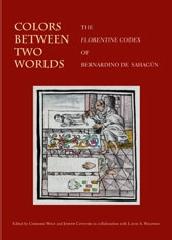
(0 Comentarios)
Comenta y valora este libro
pvp.86,20 €
Agotado
pvp.45,00 €
Wolf, Gerhard
HIRMER VERLAG MUNCHEN. 2021
pvp.83,00 €
Karpeles, Eric
YALE UNIVERSITY PRESS. 2011
pvp.34,45 €
pvp.81,71 €
Herbert, E. D.
THE BRITISH LIBRARY. 2002
pvp.99,00 €